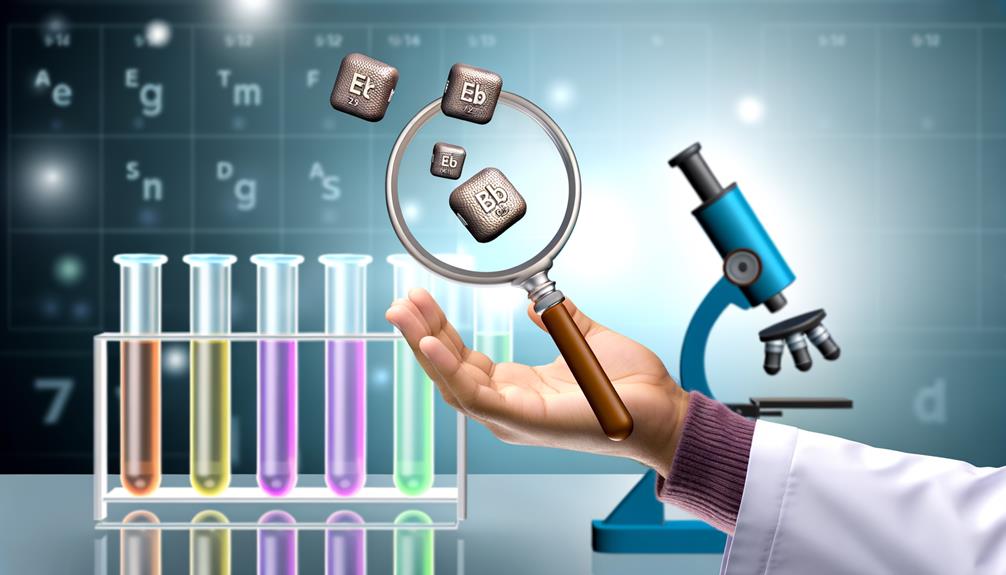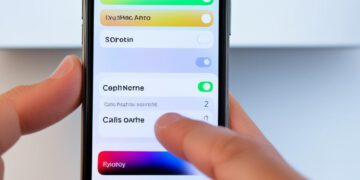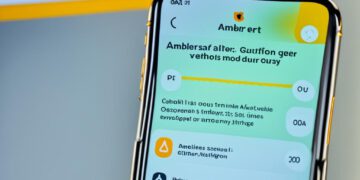Imagine you’re a chemistry student struggling to memorize the vast array of elements on the periodic table. You’ve tried flashcards, repetition, even singing a catchy song, but you’re still coming up short.
What if I told you there are clever, fun tricks to not just memorize, but truly understand the periodic table? Well, prepare to have your chemistry world turned upside down. But, I won’t reveal everything just yet, you’ll need to stick around to discover these game-changing strategies.
Understanding the periodic table layout
Before you can master any periodic table tricks, it’s essential that you first understand its layout. You’ve got to know the basic structure, like the back of your hand. Let’s dive in, shall we?
The periodic table is a grid, and each element has its own unique box. Each box contains an element’s atomic number, symbol, atomic weight, and sometimes, name. The atomic number, located at the top, tells you the number of protons in an atom of that element. The symbol is a one- or two-letter abbreviation of the element’s name.
Rows in the table are called periods, and they’re numbered 1-7. The period number indicates the number of energy levels or shells that an atom of the element has. Columns, on the other hand, are known as groups or families and are labeled 1-18. Elements in the same group share similar chemical properties.
Don’t be overwhelmed by the sea of boxes. You’ll notice that the table is divided into several blocks – s, p, d, and f – based on the atomic orbitals. You’re already on your way to mastering the table. Now that you’ve got the layout down, you’re ready for the next step.
Tricks for memorizing elemental groups
To make sense of elemental groups, you’ll need a few handy tricks up your sleeve. Understanding the categories of the periodic table can seem daunting, but don’t fret. Here’s how you can memorize them easier.
First, picture the periodic table as a city map. The groups are like neighborhoods, each having its own unique characteristics. For example, alkali metals are like a bustling commercial district. They’re highly reactive, just like businesses competing for customers.
Next, use mnemonic devices. Let’s take the Halogens, group 17. A simple mnemonic could be: ‘At 17, I felt green (Fluorine), clung (Chlorine) to my bromance (Bromine), iodized (Iodine) my diet, and ate (Astatine) healthy’. This silly sentence can help you remember these elements in order.
Lastly, engage in active learning. Write out the groups, say their names aloud, and test yourself regularly. You know what they say, practice makes perfect.
Don’t be afraid to get creative with your tricks. Every bit of fun you can infuse into this process will make the task less intimidating and more memorable. Now, go conquer those elemental groups!
Fun facts about the periodic table
Diving into the world of the periodic table, you’ll uncover a treasure trove of fascinating facts that bring the elements to life. For starters, did you know the table isn’t finished yet? Scientists are still discovering new elements, and when they do, they get to name them. Imagine having an element named after you!
Speaking of names, there’s only one letter in the English alphabet that doesn’t appear on the periodic table. It’s the letter ‘J’. Go on, give it a look, you won’t find it. Also, the first artificial element was Technetium, created in 1937. It’s not found naturally on earth, but you can find traces of it in the stars.
Ever thought about why the table looks the way it does? It’s all about the atomic number, you see. Elements are arranged from left to right and top to bottom in order of increasing atomic number. It’s not just about keeping things neat and tidy, it’s a reflection of how the elements relate to each other.
Sure, it may seem like just a chart, but the periodic table is a living, evolving entity. So, the next time you gaze at it, remember it’s not just symbols and numbers, it’s a story of discovery.
Using mnemonics to remember elements
Memory tricks, or mnemonics, can turn the daunting task of remembering elements into a fun, interactive exercise. You’re not just memorizing dry facts, you’re creating vivid mental images that’ll stick in your mind.
Consider the first 10 elements: Hydrogen, Helium, Lithium, Beryllium, Boron, Carbon, Nitrogen, Oxygen, Fluorine, and Neon. A simple mnemonic could be: ‘Harry He Likes Beer But Can Not Offer Free Nachos.’ Each initial letter represents an element.
For elements with symbols that don’t match their English names, get creative. For example, the symbol for Lead is Pb (from the Latin ‘plumbum’). You could imagine a lead pipe being bent by a powerful bear, hence ‘Pb – Powerful Bear.’
You can even weave stories around groups of elements. Picture Silver (Ag), Gold (Au), and Copper (Cu) as ‘aging gents’ at a pub, chatting about old times.
Creating your own mnemonics is the best way to ensure they resonate with you personally. This makes remembering the elements not just easier, but also enjoyable.
Interactive games for periodic table mastery
While mnemonics can lend a creative hand in learning the periodic table, interactive games take this learning process to a whole new level, making it even more engaging and fun. You’re not just absorbing data; you’re actively participating in a delightful exploration of elements.
Try games like ‘Element Quiz,’ a simple yet effective tool that helps you memorize element names and symbols. You’ll be surprised how fast you’ll start recognizing elements. ‘Periodic Table Battleship,’ on the other hand, is a physical game you can play with a friend. It’s just like the classic Battleship, but with a chemical twist: you sink ships by correctly guessing element locations!
Online platforms also offer a variety of games. For instance, ‘Chemical Element Hangman’ combines the classic hangman game with the periodic table. Guess the correct element to save the hangman! Or try ‘Element Matching,’ where you pair element names with their symbols.
Conclusion
Mastering the Periodic Table doesn’t have to be a chore. With these handy tricks and interactive games, you’ll have the elements and their groups down in no time.
Use mnemonics to remember elements, and don’t forget to enjoy fun facts about the table.
It’s not just about memorization, but understanding the layout and its meaning.
So, dive in and have fun with chemistry – it’s all at your fingertips with these Periodic Table tricks!










